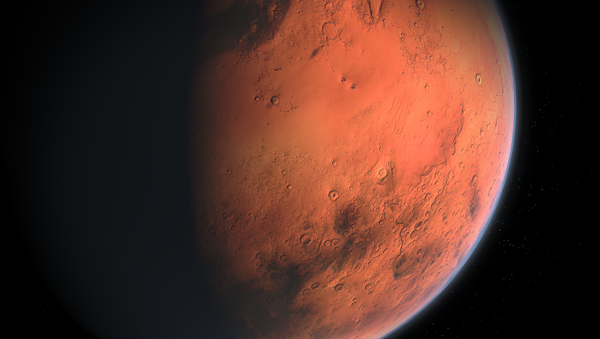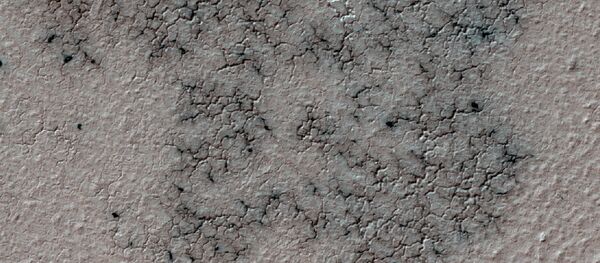The InSight Project, expected to take flight between May and July 2018, when Earth and Mars are close enough for the trip to be a mere six months, and land a few days after Thanksgiving, will hopefully offer an explanation on how rocky planets, including Earth, were formed.
"Because the interior of Mars has churned much less than Earth's in the past 3 billion years," Bruce Banerdt, InSight principal investigator at NASA, said in a press release, "Mars likely preserves evidence about rocky planets' infancy better than our home planet does."
Currently being tested at a Denver facility, the InSight spacecraft, a stationary lander, was created with the help of Lockheed Martin Space Systems.
The probe will use two instruments that will relate information back up from the underground. The first of the two is a seismometer developed in conjunction with CNES and several countries, which will record seismic waves. The second, a heat probe, will burrow itself approximately 10 to 16 feet below the surface to measure how much energy is emitted from the planet's insides, according to the American space agency.
The third and final component of the mission will use radio transmissions between the Red Planet and Earth to investigate how Mars rotates on it. Ideally, this will help to spill the beans on the size of the Martian planet's core.
Initially scheduled for March 2016, the mission was put on hold after officials found a leak in a metal container that was designed to maintain near-vacuum conditions around the seismometer's main sensors. It has since been fixed, giving the delayed mission the green light.
"We have fixed the problem we had two years ago, and we are eagerly preparing for launch, Tom Hoffman, a project manager on the InSight mission, said.




